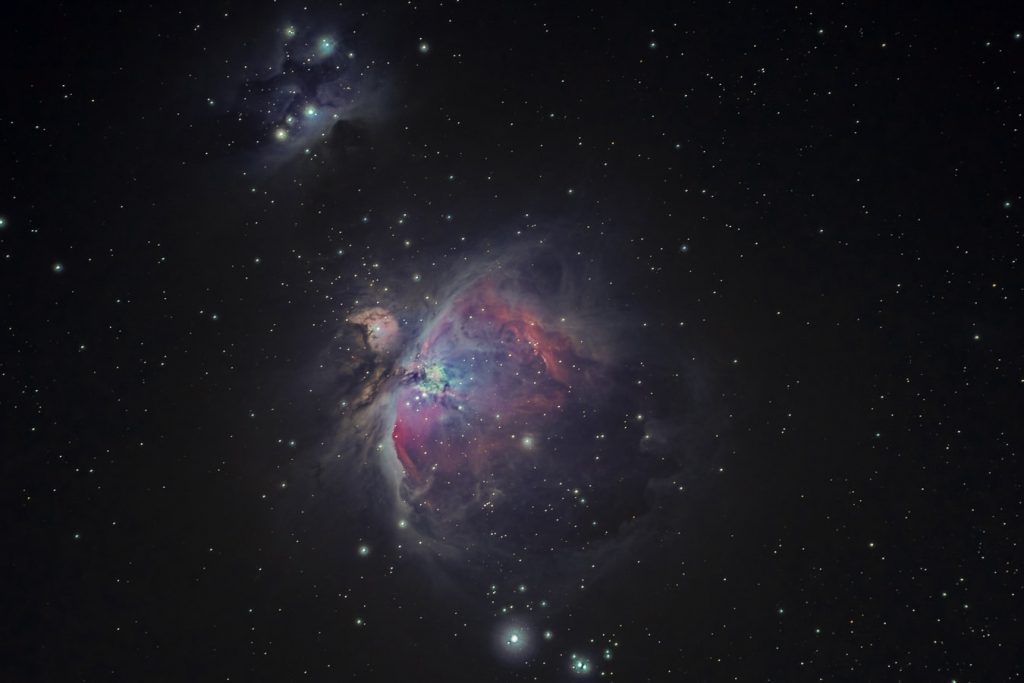One of the science fiction stories that struck me the most about fifteen or twenty years ago (I don’t remember the title, only that the author was Spanish) proposed that, by exploring the universe with a very fast spacecraft, capable of reaching the confines of In the galaxy, we discovered that all the alien species we encountered were exactly the same as us . A kind of nightmare of mirrors in which all our desires are frustrated to find something different out there. An approach similar to that developed by the movie Another Earth, although with less science and more fantasy.
This idea does not seem so extravagant in light of a no less extravagant hypothesis posed by Japanese physicists from the University of Kyoto in a study that was published in the year in the Journal of Cosmology.
His approach is that panspermia, that is, that life arrived on Earth aboard meteorites or comets, has also occurred backward. For example, by colliding the ten-kilometer diameter asteroid that allegedly ended the dinosaurs, such an amount of material from Earth could be ejected into outer space that other places of terrestrial life could have been sown. As Pierre Barthélemy explains in his book Chronicles of Unlikely Science:
Not all the models contemplated have the same degree of optimism, but they all say that the Moon was copiously watered: despite its modest diameter, several hundreds of millions of small rubble fell on it, even several billion, given its proximity. Mars is not far behind and it is likely, if we believe the figures in this study, that if one day a bacterium is discovered on the red planet, it is an emigrated terrestrial microbe. Similarly, Europe, the Jupiter satellite that is believed to be home to an underground ocean, must have received a visit from our house.
The Japanese researchers even propose that there is a small probability that the life of the Earth will reach the solar system of the star Gliese 581, around which a couple of planets likely to be habitable orbit.

